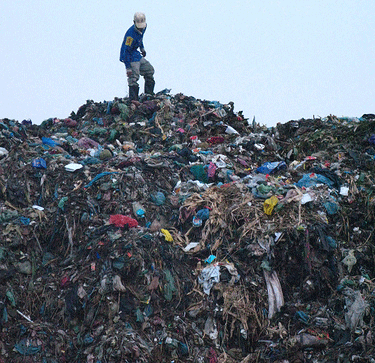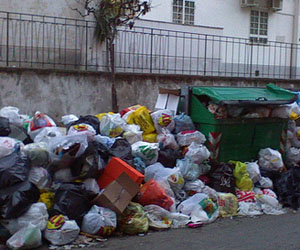
Flickr user basmati-authentic help
Researchers at the Massachusetts Institute of Technology are attaching tracking devices to pieces of garbage in Seattle and charting their journey through the global disposal and recycling system. I’ll admit to being a bit jealous. Earlier this year, I too followed my trash, starting in my apartment in San Francisco (which recycles more than any other major city), and continuing through the city dump and beyond. I’d wanted to employ tracking devices but after consulting with everyone from a friend at Wired to device manufacturers in Taiwan, couldn’t find anything sufficiently small and affordable. Indeed, the Times reports that MIT’s plan to use battery-powered tags based on cell phone technology will cost more than $300,000:
Through the project, overseen by M.I.T.’s Senseable City Laboratory, 3,000 common pieces of garbage, mostly from Seattle, are to be tracked through the waste disposal system over the next three months. The researchers will display the routes in real time online and in exhibitions opening at the Architectural League of New York on Thursday and the Seattle Public Library on Saturday.
Interestingly, the $300,000 is coming from Waste Management, the nation’s largest landfill company. When I followed my own trash to Waste Management’s Altamont Landfill, the project had seemed novel the company’s spokesperson. Most of my story focused on the recycling efforts of Waste Management’s competitor, Recology, which handles garbage pickup and recycling in San Francisco (but dumps at Altamont). Could the MIT project be a way for Waste Management to co-opt the idea for its own PR purposes? Probably so. But it’s also just plain cool, and I’m glad they’re doing it.
















